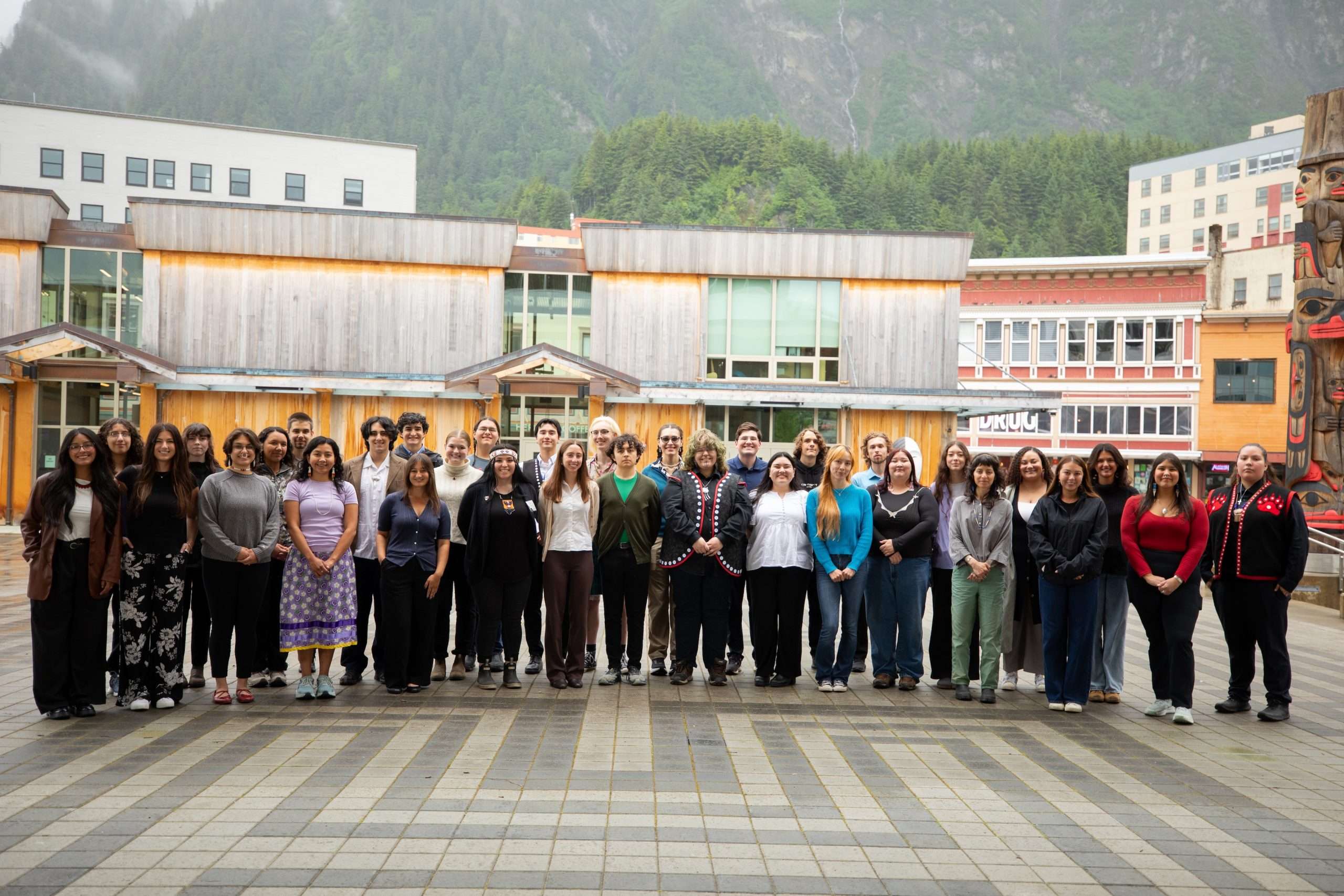Science on Tap: ‘Safe Drinking Water Access in Rural Regions: Progress and Pitfalls’ – Virginia Tech News

Report on Public Engagement Event Addressing Sustainable Development Goal 6: Clean Water and Sanitation
Event Overview
A public seminar has been scheduled to address critical issues surrounding access to safe drinking water, a fundamental component of the United Nations Sustainable Development Goals. The event aims to foster public understanding and engagement on this global challenge.
- Presenter: Alasdair Cohen, Assistant Professor of Environmental Epidemiology, Virginia Tech.
- Topic: An examination of drinking water quality, its public health implications, and current initiatives to improve water access.
- Hosts: The Center for Communicating Science at Virginia Tech in partnership with the Virginia Tech chapter of Sigma Xi.
- Engagement Activity: The session will include an interactive trivia game to reinforce key concepts related to drinking water.
Alignment with Sustainable Development Goals (SDGs)
The event directly supports and raises awareness for several key SDGs:
- SDG 6: Clean Water and Sanitation: The core theme is the challenge of securing safe and affordable drinking water for all, particularly focusing on the disparities faced by rural communities.
- SDG 3: Good Health and Well-being: By featuring an expert in environmental epidemiology, the discussion will inherently link water quality to public health outcomes, addressing the prevention of water-borne diseases.
- SDG 10: Reduced Inequalities: The seminar will highlight the inequalities in safe water access experienced by communities in Central Appalachia and other rural areas, thereby promoting awareness of a critical disparity.
- SDG 17: Partnerships for the Goals: The event itself is a manifestation of this goal, representing a partnership between academic centers to disseminate scientific knowledge to the public.
Key Discussion Points
The presentation by Professor Cohen is structured to address the following critical questions:
- The composition and potential contaminants in drinking water sources.
- The epidemiological significance of water quality for community health.
- An overview of ongoing efforts and strategies to improve safe water access in the United States, with a specific focus on Central Appalachia and global contexts.
Logistical Details
- Date: August 28
- Time: 5:30 p.m.
- Venue: Rising Silo Brewery, Blacksburg
- Admission: The event is free of charge and open to the public.
- Accessibility: Accommodations for individuals with disabilities are available upon request. Interested parties should contact Erin Smith at erinsmith@vt.edu at least 10 business days prior to the event.
1. Which SDGs are addressed or connected to the issues highlighted in the article?
-
SDG 6: Clean Water and Sanitation
The article directly addresses the core mission of SDG 6. Its central theme is the challenge of accessing “clean water” and ensuring “safe drinking water.” The text explicitly mentions the problem that “for many rural communities it’s not that simple” to get clean water, which is the primary concern of this goal.
2. What specific targets under those SDGs can be identified based on the article’s content?
-
Target 6.1: By 2030, achieve universal and equitable access to safe and affordable drinking water for all.
This target is directly relevant as the article highlights a lack of equitable access to safe drinking water. The focus on “rural communities” and the discussion of “what’s being done to improve safe water access” points specifically to the effort of achieving universal and equitable access for populations that are currently underserved.
3. Are there any indicators mentioned or implied in the article that can be used to measure progress towards the identified targets?
-
Indicator 6.1.1: Proportion of population using safely managed drinking water services.
The article implies this indicator by framing the problem around communities that do not have reliable access to safe water. The statement “We turn on the tap and expect clean water, but for many rural communities it’s not that simple” suggests that a certain proportion of the population is not using safely managed services. Progress on the issues discussed would be measured by an increase in this proportion, particularly in the mentioned regions like “Central Appalachia.”
4. Create a table with three columns titled ‘SDGs, Targets and Indicators’ to present the findings from analyzing the article.
| SDGs | Targets | Indicators |
|---|---|---|
| SDG 6: Clean Water and Sanitation | 6.1: By 2030, achieve universal and equitable access to safe and affordable drinking water for all. | 6.1.1: Proportion of population using safely managed drinking water services (Implied by the discussion of rural communities lacking access to safe drinking water). |
Source: news.vt.edu

What is Your Reaction?
 Like
0
Like
0
 Dislike
0
Dislike
0
 Love
0
Love
0
 Funny
0
Funny
0
 Angry
0
Angry
0
 Sad
0
Sad
0
 Wow
0
Wow
0










/campaigns/16-days-of-activism-against-gender-based-violence/pr-web-banner.tmb-1200v.jpg?sfvrsn=8cc7b98e_1#)



































































